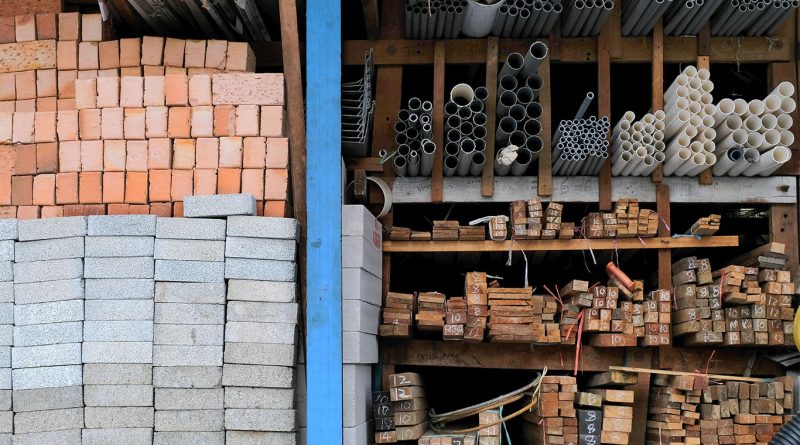Third Month of Price Hikes Hits Key US Construction Materials
Subscribe to our free newsletter today to keep up to date with the latest construction news.
The US construction sector is feeling the strain of continued cost increases as March 2025 marked the third consecutive month of rising input prices. Newly imposed tariffs have intensified the financial pressure. According to the Associated Builders and Contractors (ABC), citing Bureau of Labor Statistics data, construction input prices increased by 0.5 percent in March. Nonresidential construction input prices rose by 0.6 percent.
This recent jump reflects more than seasonal adjustments. At the center of the price movement is a 25 percent tariff on steel and aluminum imports, enacted in early 2025. While the long-term policy aims to bolster domestic supply chains, the short-term effects have been inflationary.
For many contractors, the current environment has introduced significant uncertainty. Project budgets created earlier in the year are already out of date. In many cases, firms are being forced to renegotiate contracts or absorb losses. Anirban Basu, chief economist at ABC, noted that this level of price escalation could lead to widespread delays and cancellations.
Iron, steel, and copper: The hardest-hit materials this quarter
Data from March highlights sharp increases across key materials. Iron and steel prices jumped by more than 5 percent in a single month. Steel mill products saw similar growth, while copper wire and cable also experienced notable price spikes.
These increases are more than minor fluctuations. They represent structural cost changes that affect the feasibility of both public and private construction projects. Steel-intensive builds such as bridges, commercial buildings, and manufacturing plants are now subject to budget revisions.
Supply chain disruptions continue to feed the problem. Many suppliers are dealing with longer lead times, inconsistent delivery schedules, and limited inventory. Contractors have responded by shifting orders earlier in their project timelines, which in turn adds more pressure to suppliers and logistics networks.
Contractors brace for uncertainty as inflation hits nonresidential projects
The nonresidential segment, which includes commercial, industrial, and public sector developments, is showing particular vulnerability. With a 0.6 percent increase in input prices during March, contractors are grappling with forecasting challenges. Budgets drawn up in late 2024 are proving inadequate for current market conditions.
Developers are increasingly requesting cost escalation clauses in new contracts. Local governments, faced with tighter fiscal space, are reviewing or pausing capital projects. Subcontractors, cautious of price swings, are shortening the lifespan of their bids to protect against market volatility.
As materials grow more expensive, contractors are also seeing pressure on labor costs and financing. With credit tightening and interest rates still elevated, margin compression is becoming a defining challenge for 2025 project pipelines.
What rising input costs mean for upcoming construction projects
The ripple effects of rising material prices extend across the construction economy. Commercial developers are beginning to include higher cost contingencies in financial models. Advisories suggest building in material price buffers of 10 percent or more, particularly for structural metals and wiring.
For smaller construction firms, these trends are especially difficult. Without access to low-cost capital or long-term supplier contracts, many are struggling to remain competitive. Financing challenges are also contributing to a slowdown in new project starts.
Policymakers and economic analysts are keeping a close watch. Construction inflation threatens to dampen momentum from recent federal infrastructure programs and private-sector investments. If pricing volatility continues, it may reduce the overall pace of new development through the second half of the year.
Sources:
